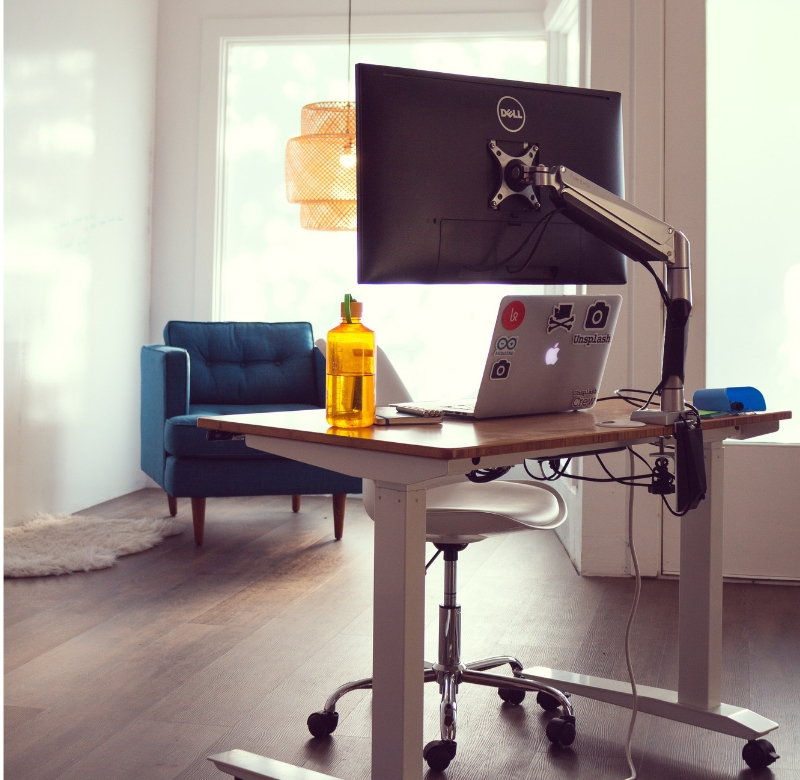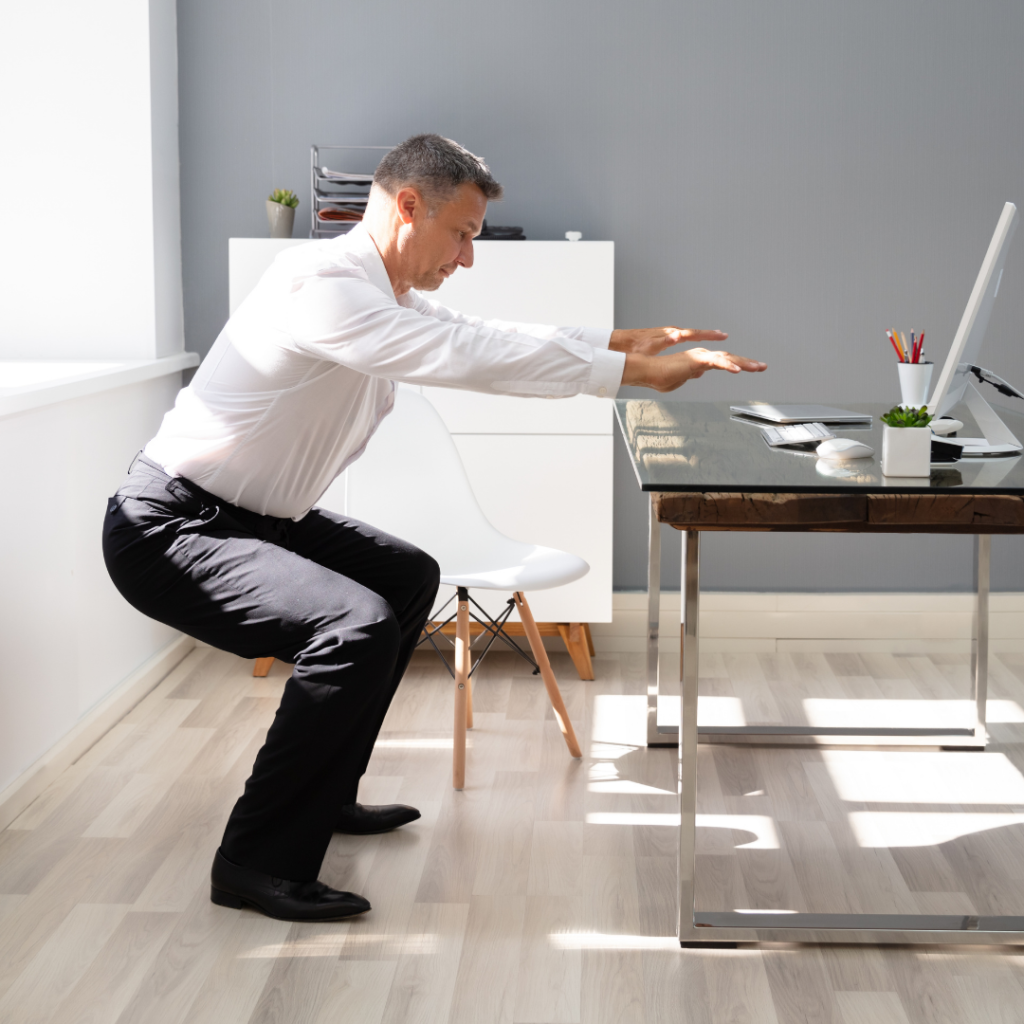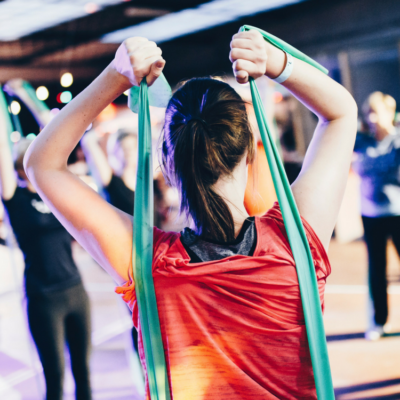Have you ever sat and worked at your desk all day then wondered why you felt so fatigued by the end of the day? Sitting all day is something you mightn’t mean to do but the pressures of our day to day activities – work, study, personal admin as well as our use of devices for leisure – can mean a lot of time spent sitting.

Why are researchers worried about us sitting so much?
There is growing concern that sitting for long periods of time causes the body’s metabolism to send unhealthy metabolic signals, even if you do regular planned exercise, like gym sessions, walking or running. This prolonged sitting causes the body to be metabolically unfit and is thought to be part of the development of chronic conditions like type 2 diabetes.
So what should we do about it?
Researchers have pondered that same question and have compared how people feel when they move regularly compared to when they stay seated all day. Results show people who move for even just one to three minutes every 30 to 60 minutes throughout the day feel less fatigued, more energetic, have a better mood and a lower appetite at the end of the work day.
Moving for just one to three minutes every 30 to 60 minutes made study participants feel so much better at the end of the day!
Australia’s Physical Activity and Sedentary Behaviour Guidelines encourages Australians to move more in any way they are able. They are quite descriptive about how much planned physical activity we should be doing (see my blog on starting a new exercise program here which details the guidelines) but are a little vague when it comes to breaking up sitting time, just saying for adults 18-64 years:
- Minimise the amount of time spent in prolonged sitting.
- Break up long periods of sitting as often as possible.
For kids 5-12 and 13-17 an additional guideline is a little more prescriptive, saying:
- Limit use of electronic media for entertainment… to no more than two hours per day…
That’s something which would ideally apply to us grown ups, too!
So, how do we break up our sitting time more?
Some of the research included participants doing activities like:
- Using a standing desk for at least 10 minutes every hour
- Doing some brisk walking around the office for one to three minutes every 30 to 60 minutes
- Doing a series of exercises such as squats (get professional exercise advice before attempting this! Yes! I’m a professional!) for one to three minutes every 30 to 60 minutes.
What does the research show – what difference does regular movement make?
Regular movement results in increased levels of energy and vigor, reduced cravings for food, improved mood, improved cognitive performance (yes, you get smarter!) and reduced levels of fatigue as rated by questionnaires, heart rate, and reduced biomarkers for the development of chronic conditions.
And as a bonus for employers, increased productivity was a positive side-effect!
The best part is you feel better! So get moving!
Check out our services if you would like help to work toward achieving your health goals.








Comments (0)